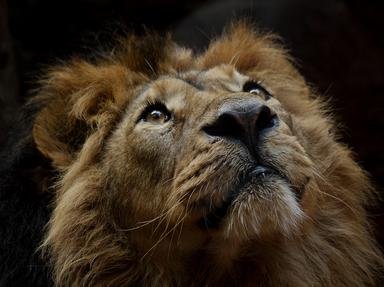
Weaseling Your Way Into This Quiz
Mammals of the Family Mustelidae
Also known as the weasel family, the Mustelidae include a number of carnivorous wild mammals found in most regions of the world. How familiar are you with them?
A collection quiz
by LadyNym.
Estimated time: 3 mins.